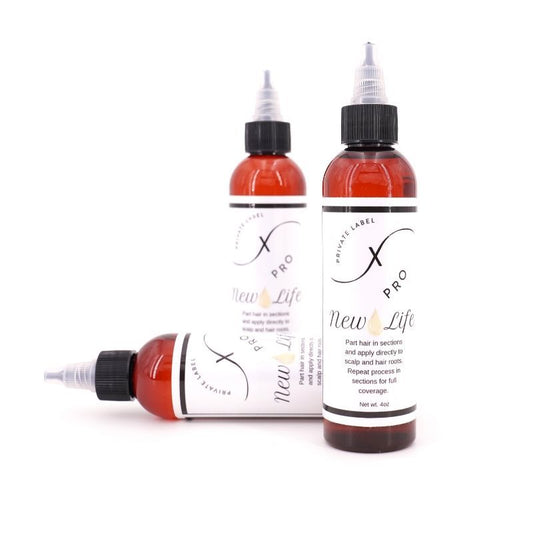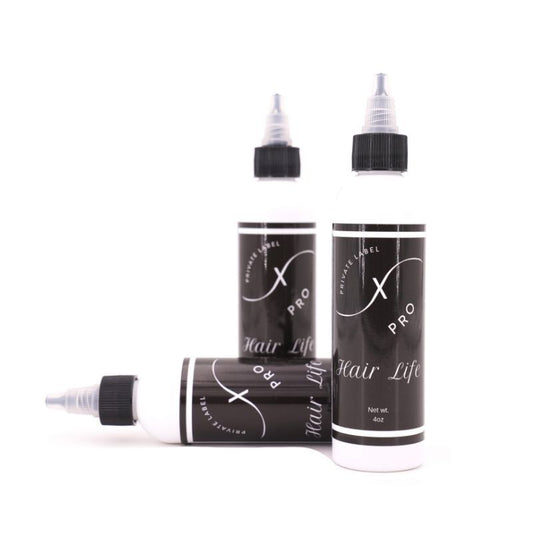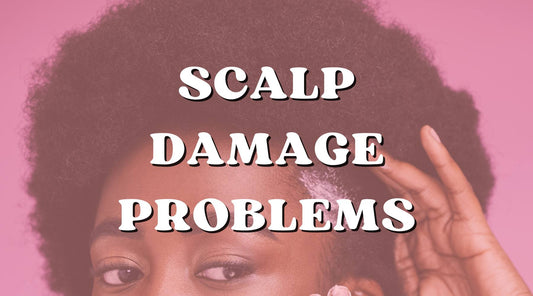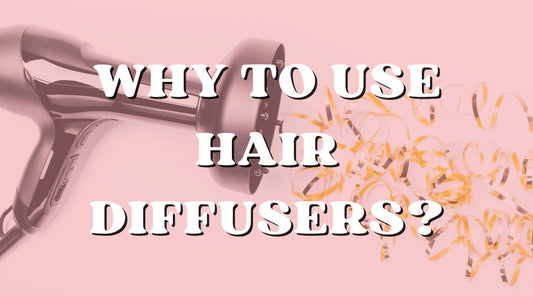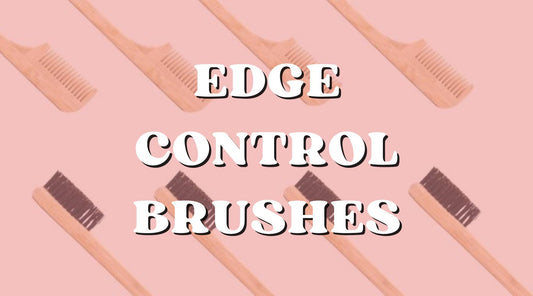1260 Memorial Drive
Atlanta, Georgia 30316
404-458-1330
The Truth about Postpartum Hair Loss
Mikey MoranSo you've delivered your baby, but now you're losing more than that baby weight!
If you've experienced hair loss after giving birth or while pregnant, you have been suffering 'postpartum hair loss.' 🤱🏿
At this stage, you may be wondering why this is happening to you, but postpartum hair loss is a common occurrence that has happened to many women before you and can be fixed with a good medical wig.

How the Growth Cycle Changes
Many other parts of the body, such as the nose, hips, and feet, change while pregnant, and hair changes as well.
The terrific and horrible news about hair cycle changes is that it's temporary.
Regular Hair Growth Cycle Vs. Pregnancy Hair Growth
Regular Hair Growth Cycle
Before you are pregnant, your hair grows in normal stages that can vary based on your genetics and ethnicity.
The hair goes through three stages: anagen, catagen, and telogen phases.
Anagen Phase
Typically, hair grows around half an inch a month.
Hair growth can last from three to five years and up to seven years for some people. How long and how much the hair grows during the anagen stage depends on the person.
Hair growth is determined by genetics and the flow of hormones, except for chemical reactions or genetic diseases occurring on the scalp.
During the anagen phase, the hair plants itself more in-depth into the scalp and forms a bulb underneath the skin.
The newer hair bulb will push the old one out of the way. Eventually, the hair will grow longer and break through the skin on the scalp.
Catagen Phase
Hair enters the catagen phase directly after the anagen phase finishes, and the hair bulb at the bottom detaches and moves up the hair shaft.
The catagen phase is a time when the inner structure of the hair follicle matures and lasts about ten days.
Telogen Phase
The last phase of hair growth is the telogen phase, and it's the resting stage of the hair shaft.
The hair remains in the telogen phase until it falls out, and the process repeats.
All of your hair follicles work on their own accord and grow through their anagen, catagen, and telogen cycles at differing periods.
This different growth cycle ensures that you shed hair at an average rate of 80 to 100 strands a day.
Pregnant Hair Growth Pattern
During pregnancy, the anagen phase is often extended due to the influx of hormones in the body.
With a more extended anagen phase, pregnant women enjoy longer, thicker hair and can see 'rapid' hair growth.
Additionally, the hormones in pregnancy can increase how many hair follicles of the hair are in the anagen phase, also resulting in fewer hairs being in the telogen phase, enabling pregnant women to grow and retain more hair strands at once.
As mentioned, postpartum hair loss is temporary, and hair will replace itself.
However, hair loss does not happen to every woman and is not guaranteed to occur or worsen with each pregnancy.
A few lucky winners can keep that pregnancy hair long after they leave their baby bump behind and fix their hormonal hair loss.

Why Does Giving Birth Cause Hair Loss?
The act of giving birth itself does not increase the rate of hair loss.
Postpartum hair loss occurs because of the decrease in hormones that causes the influx of hairs in the anagen phase and the faster pace of the growth cycle.
Since the hormones decrease over time or are completely absolved from the body, the hair no longer has the fuel that it used to.
During pregnancy, the hair has fewer hairs in the telogen and more in anagen; the reverse happens during childbirth when individuals have more follicles entering the telogen phase and fewer hairs in the anagen phase of the hair cycle.
This switch accounts for how suddenly hair falls out.

How Long Does It Last?
Hair loss after childbirth can start at either one to six months.
The average woman sees hair loss in the third month after birth.
Hair loss can last for up to six months or whenever the body naturally reverts to its normal hormone level.
It can take anywhere from six to twelve months for the hair to enter its normal hair growth cycle again.
What to Expect When Regrowing Hair
Naturally, you want your hair to grow back, which can be no easy feat to wait it out.
Even celebrities like Toya Wright have taken to Instagram to ask for postpartum hair loss regrowth tips, so here are a few if you are too anxious to allow nature to run its course!
Eating a diet that is high in protein, vitamin D, and ferritin will aid your hair in regrowing.
Hair vitamins and hair massages will also help stimulate hair growth. Although, keep in mind that there is no official treatment for postpartum hair loss.
Keep in mind that your hair falling out doesn't mean that your hair was damaged at all; it's just regrowth, not a full-on hair repair!
However, be sure to pay attention to your hair and control the stress-induced hair loss.
If your hair regrowth takes longer than twelve months or your scalp is red or itchy, it may be an underlying issue that is deeper than postpartum hair loss.
How to Deal with Postpartum Hair Loss
Mental and emotional factors, whether disease or childbirth, cause hair loss.
During and after pregnancy, many bodily changes occur, and seeing your hair change can be one of the toughest pills to swallow.
However, it is essential to realize that this hair loss is temporary and does not define who you are as a person or a new mommy!
One of the best ways to deal with postpartum hair loss is to make some time for yourself.
As a new mom, 'me time' can be hard to obtain and painful to take, but your body, hair, and mind will thank you.
Still pregnant? Check 7 Hairstyles for Pregnant Women!
Medical Wigs for the New Mom
In the end, nothing is more precious than your newborn.
Feed her and always stick by her side. But remember, you must be at the top of your game to make her proud of you.
Medical wigs can help you throughout these months and help you face hair loss.
Purchase a Straight Mono Lace Front PU Medical Wig now and give room to your scalp to recover.

It's Not Forever
Postpartum hair loss is not the end of the world.
The main thing to keep in mind is that bringing your beautiful child into the world comes with a few extra hurdles, but just like everything else, there's nothing you cannot get through! 👶🏿
The extreme hair loss is temporary, and you and your hair will be back to your usual selves in no time with a Straight Fine Mono Base Medical Wig!


